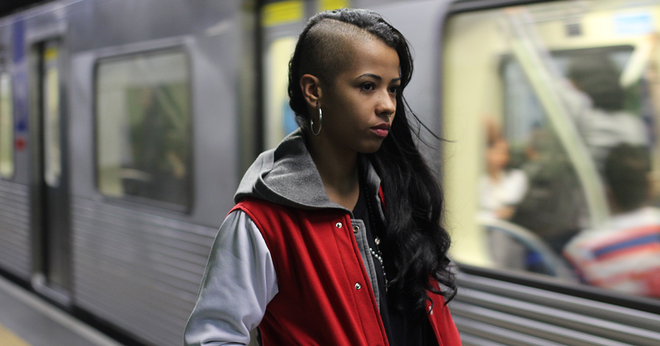CDC finds ‘marked disparities’ in youth tobacco use by race and ethnicity
Youth tobacco use is highest among Native Hawaiians and other Pacific Islanders, who make up almost a quarter — 23.4 percent — of U.S. teens who currently use a tobacco product, according to a report by the Centers for Disease Control and Prevention. The CDC found that “marked disparities in tobacco product use exist among U.S. youths by race/ethnicity.”
The findings reinforce the fact that tobacco use disproportionately affects racial and ethnic minorities, who have a long history of being targeted by the tobacco industry and face disproportionate burdens from tobacco-related diseases. Research has shown wide disparities in tobacco use among the largest racial and ethnic groups in the U.S. However, “little is known about tobacco product use among youths from racial/ethnic groups other than whites, blacks, and Hispanics,” the report states. Those differences matter when it comes to measuring and preventing tobacco use.
The CDC assessed current use of seven tobacco products (cigarettes, cigars, smokeless tobacco, e-cigarettes, hookahs, pipes and bidis) among U.S. middle and high school students from seven racial and ethnic groups (whites, blacks, Hispanics, Asians, American Indians/Alaska Natives, Native Hawaiians/other Pacific Islanders and multiracial persons), using data from the 2014–17 National Youth Tobacco Surveys.
The report found that, during 2014-17, current use of any tobacco product was highest among Native Hawaiians and other Pacific Islanders (23.4 percent) and American Indians and Alaska Natives (20.6 percent), followed by multiracial persons (16.5 percent), whites (15.3 percent), Hispanics (14.6 percent), blacks (11.5 percent) and Asians (5 percent).
E-cigarettes were the most common tobacco product used among all middle and high school students and across all racial and ethnic groups except black students, who used cigars the most compared with other tobacco products. Across all groups, current use of any tobacco product was significantly higher among high school students than among middle school students.
One cause for tobacco use disparities may be targeted advertising and marketing from the tobacco industry, according to the report. For example, tobacco companies have sponsored activities linked with cultural traditions, including American Indian powwows, and used tribal icons and logos to attract American Indians and Alaska Natives. Additionally, studies have found that little cigars and cigarillos are more available, cheaper and highly advertised in African-American neighborhoods.
To reduce tobacco use disparities and youth tobacco use, the report recommends evidence-based, population-level strategies such as increasing prices of tobacco products, implementing smoke-free policies, restricting advertising, educating the public through national campaigns, such as truth®, and reducing access to flavored tobacco products.
The CDC concludes that, “ensuring that these interventions reach all population groups, coupled with targeted strategies that acknowledge sociocultural dimensions of tobacco use among racial/ethnic groups, could reduce tobacco product use and tobacco-related disparities among U.S. youths.”
More in targeted communities
Want support quitting? Join EX Program
By clicking JOIN, you agree to the Terms, Text Message Terms and Privacy Policy.
Msg&Data rates may apply; msgs are automated.


